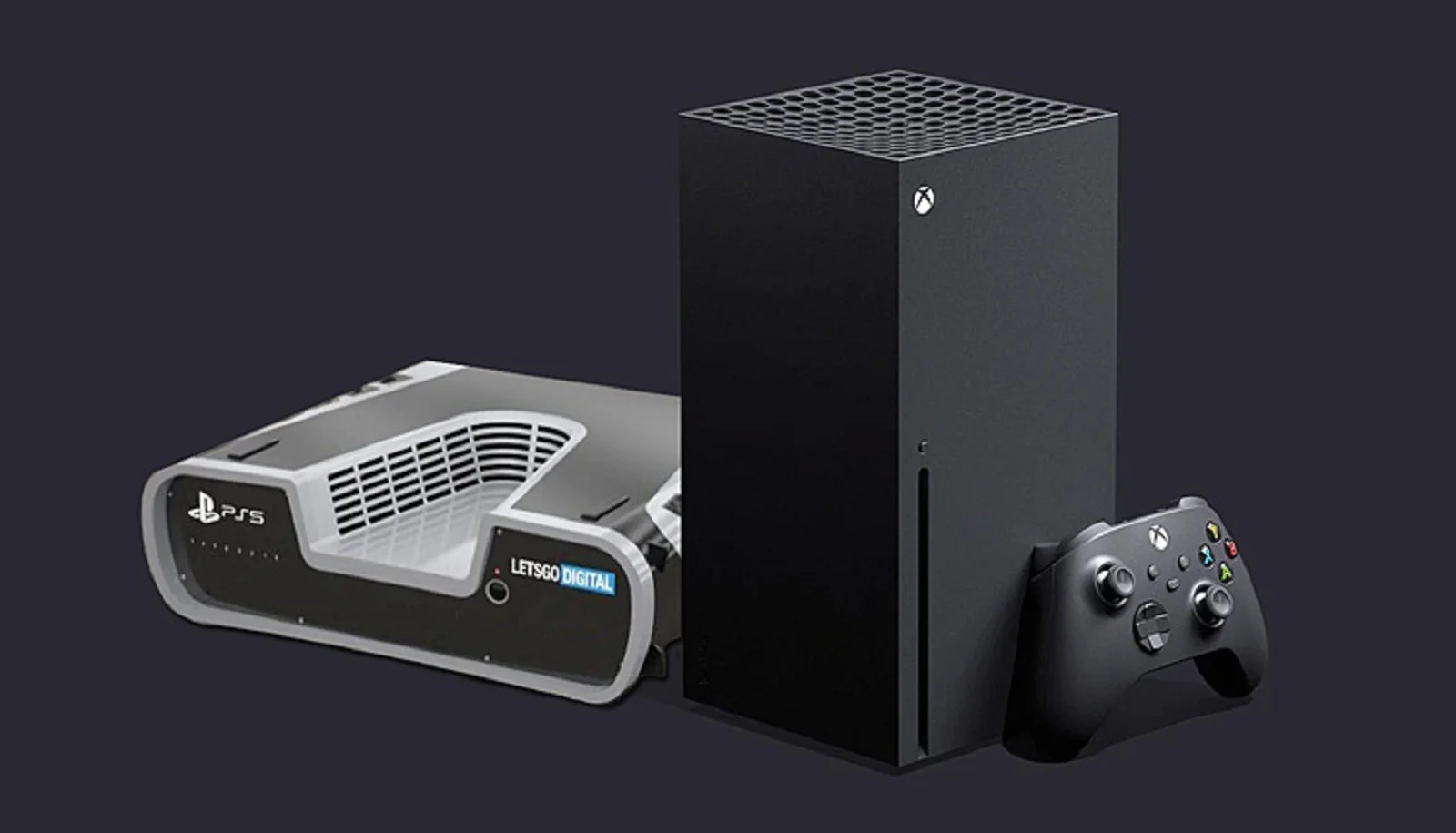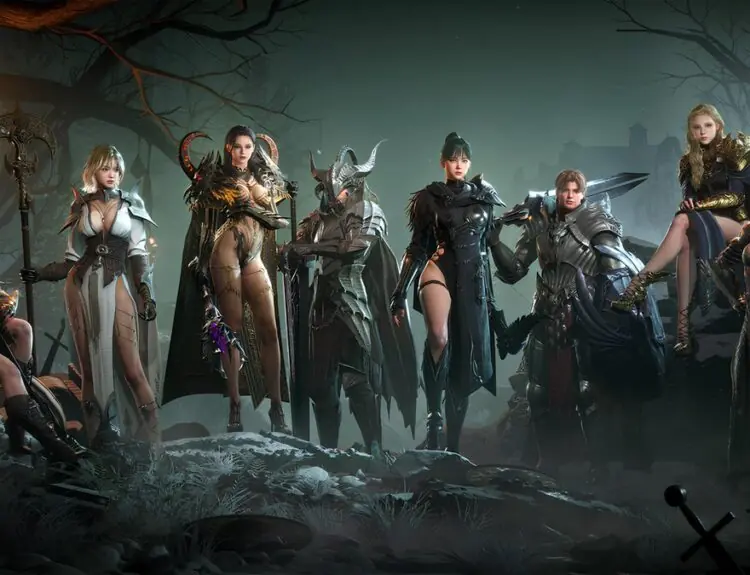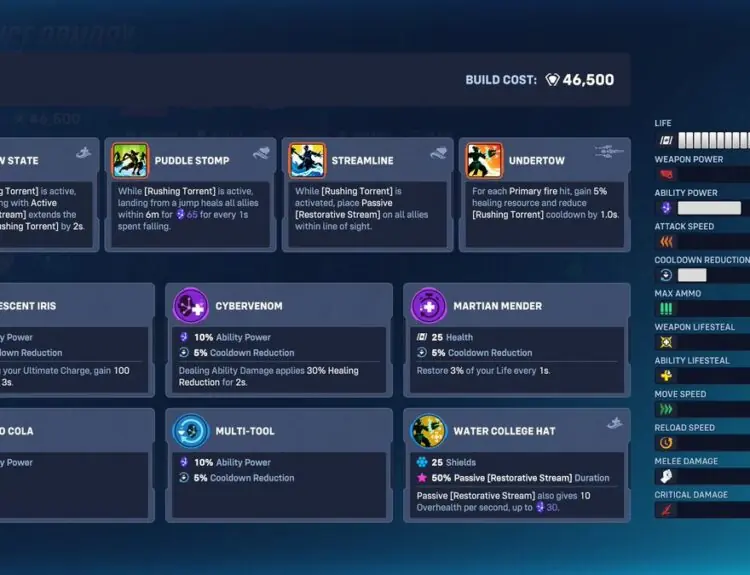During yesterday’s Inside Xbox, one of the games announced was Chorus, a ‘dark space-arcade shooter’ that will be unveiled as part of the next-gen titles and current-gen consoles, alongside Google Stadia and PC in 2021.
Also, Johannes Kuhlmann, the Chief of Core Technologies at developer Deep Silver & FISHLABS, got interviewed by Eurogamer, mainly talking about next-gen hardware and its influence on game development.
Watch the announcement trailer below:
Kuhlman noted that the TFLOPS edge (which was notably in Microsoft’s pocket as the PS5 had roughly two fewer TFLOPS than Xbox Series X) wouldn’t be enough and account for much due to the software limitations.
Kuhlmann said the following:
“There’s more to the debate than that. I can’t speak on any number differences, but what I know is we do have the game running, and it looks very promising already. But what we always see with any console generation is we first have to learn how to handle the hardware, how to run the software, and how to make the best use of it.
If you have a difference in teraflops, but then have an operating system or firmware that doesn’t allow you to take advantage of this, then it’s not going to be of much use. So there’s more to the debate. It depends on how you can make use of hardware and software.”
Notwithstanding, that won’t be the case when it comes to Xbox Series X, as Kuhlmann stressed that the development of Chorus on Xbox Series X had not given any hiccups so far he stated: ‘it has been very smooth.’
He also notified Eurogamer that Deep Silver FISHLABS has majorly been focusing on the Xbox Series X, to avoid direct comparisons with the PlayStation 5 hardware.
With that said, Kuhlman noted that he knows the pop-in error reducing in next-gen games due to a faster, larger RAM and the SSD technology on the Xbox Series X hardware.
“One part of that is the performance of the GPU – if you can render all the trees that are far in the back. But yeah, popping in should be reduced because we can stream in whatever is in the distance faster, and it’s just going to be ready earlier so that it’s not popping in while you can already see it. And on the other hand, we do have more RAM available now so we can keep more stuff in memory as well in case we might need it. So we can start streaming in the trees in the distance – not in our case, not trees – but start streaming in parts of the space station earlier when you’re getting closer than compared to if we were limited in RAM because you would have to manage what we are using more.”
Well, this can only be a good result as pop-in happens to be the typical graphical bottleneck that console gamers have had to overcome during the Xbox One and PlayStation 4 generation.







